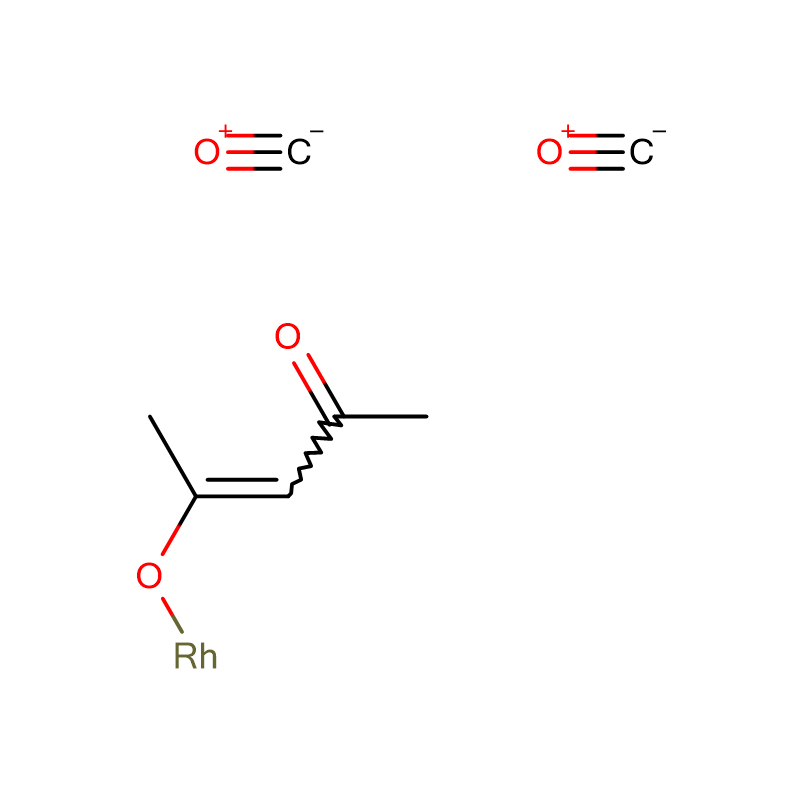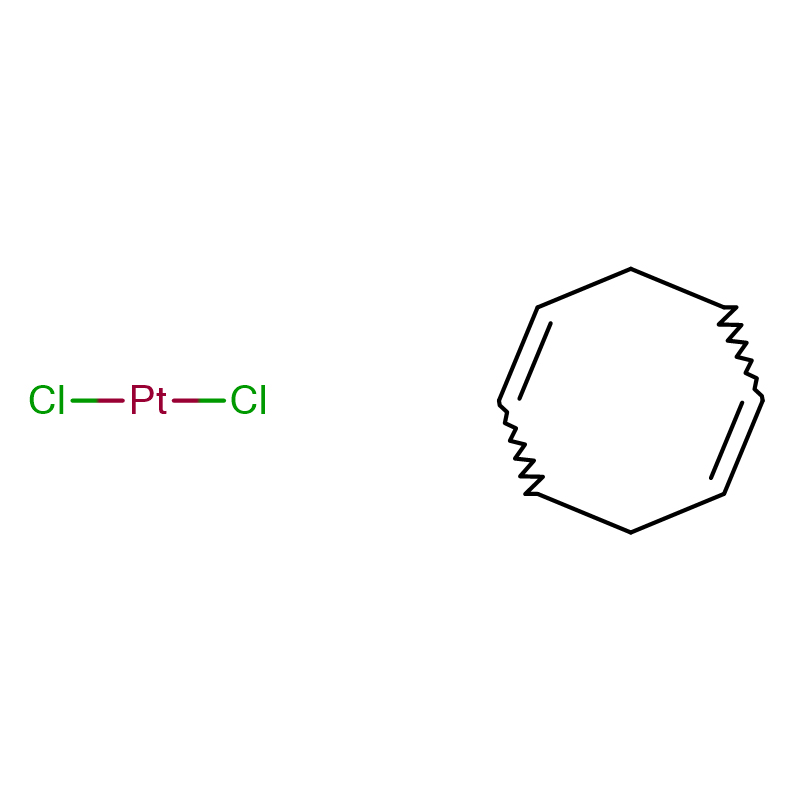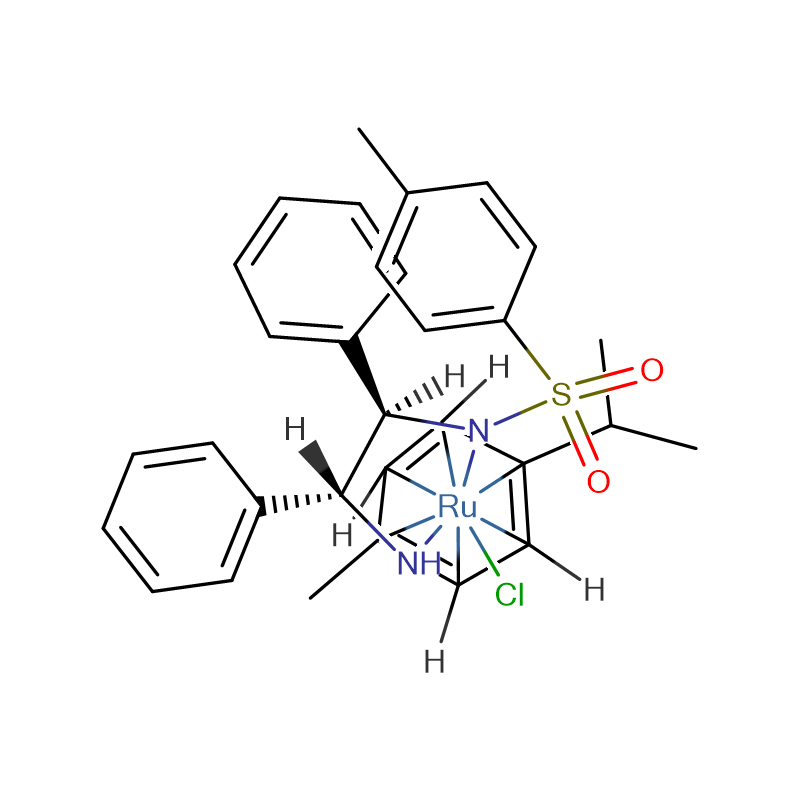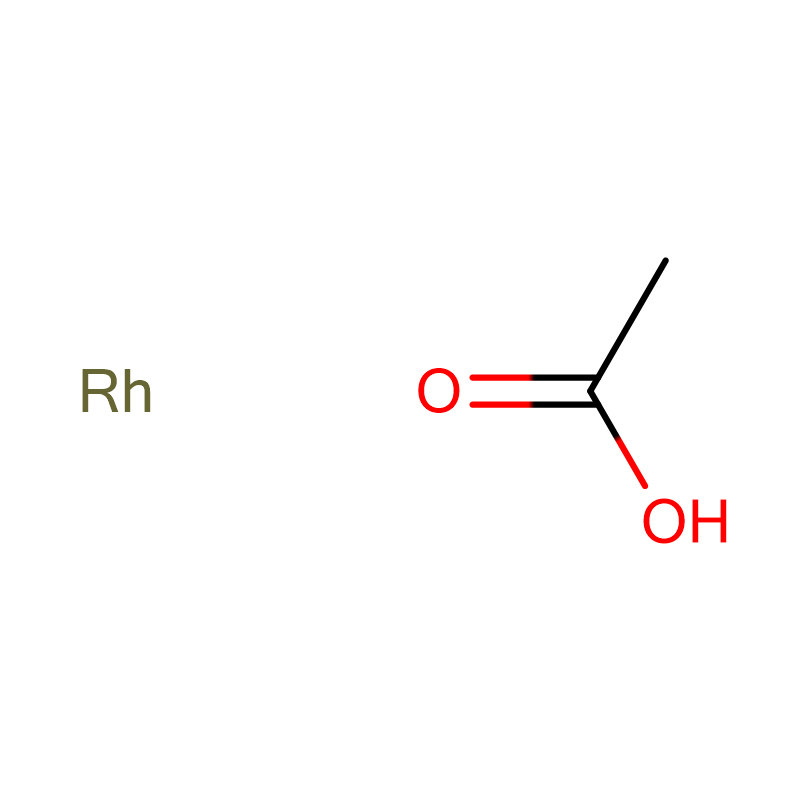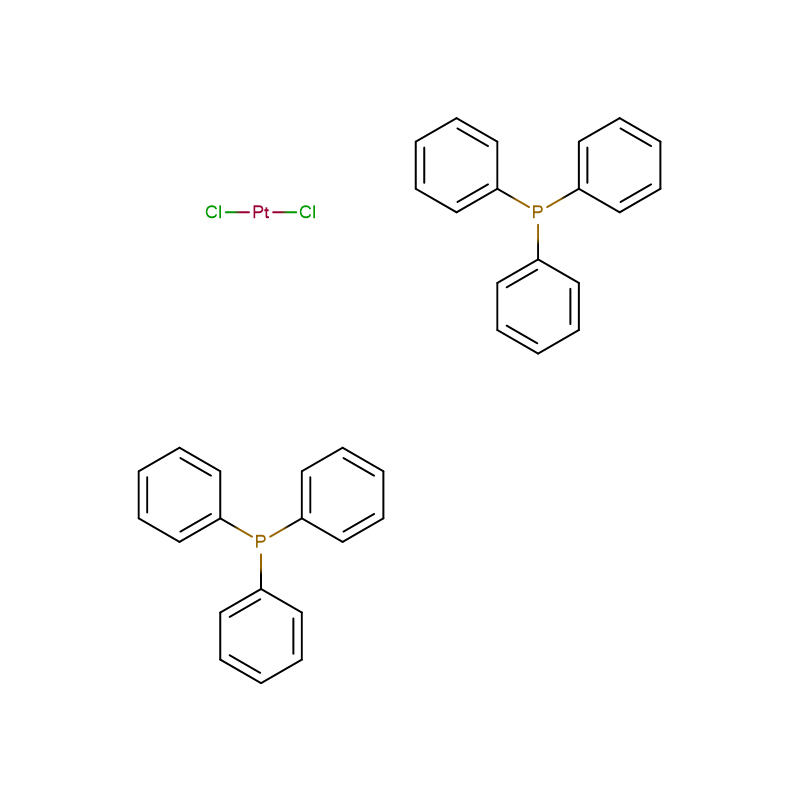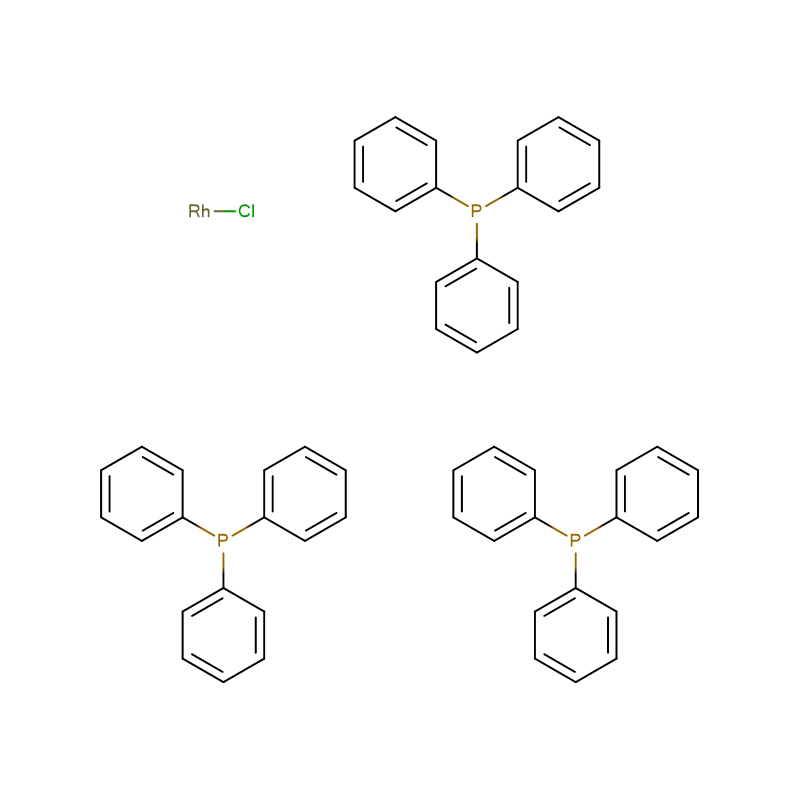Rhodium dicarbonyl-2,4-pentanedionate CAS:14874-82-9 98% Red/green crystalline powder
| Catalog Number | XD90622 |
| Product Name | Rhodium dicarbonyl-2,4-pentanedionate |
| CAS | 14874-82-9 |
| Molecular Formula | C7H7O4Rh |
| Molecular Weight | 258.034 |
| Storage Details | Ambient |
| Harmonized Tariff Code | 28439000 |
Product Specification
| Appearance | Red/green crystalline powder |
| Assay | 99% |
Triply vibrationally enhanced four-wave mixing spectroscopy is employed to observe vibrational coherence transfer between the asymmetric and symmetric CO-stretching modes of rhodium(I) dicarbonyl acetylacetonate (RDC). Coherence transfer is a nonradiative transition of a coherent superposition of quantum states to a different coherent superposition due to coupling of the vibrational modes through the bath. All three excitation pulses in the experiment are resonant with a single quantum coherence, but coherence transfer results in new coherences with different frequencies. The new output frequency is observed with a monochromator that resolves it from the stronger peak at the original excitation frequency. This technique spectrally resolves pathways that include coherence transfer, discriminates against spectral features created solely by radiative transitions, and temporally resolves modulations created by interference between different coherence transfer pathways. Redfield theory simu lates the temporal modulations in the impulsive limit, but it is also clear that coherence transfer violates the secular approximation invoked in most Redfield theories. Instead, it requires non-Markovian and bath memory effects. RDC may provide a simple model for the development of theories that incorporate these effects.


